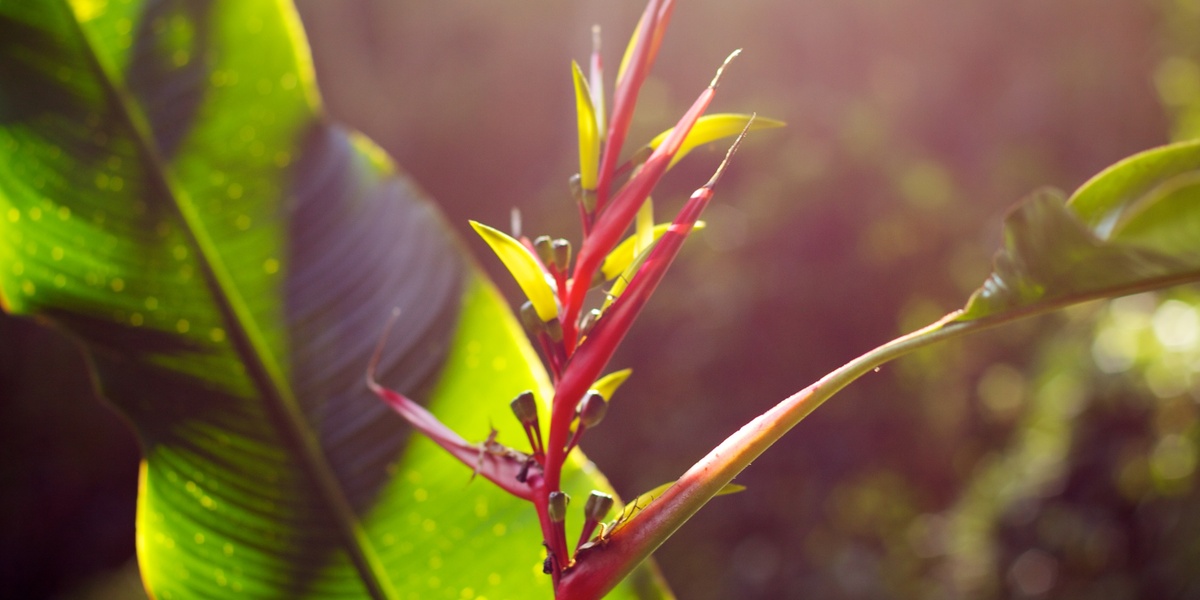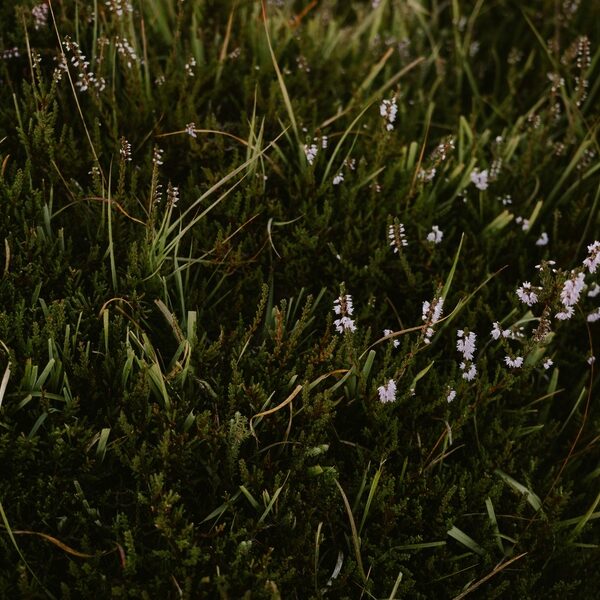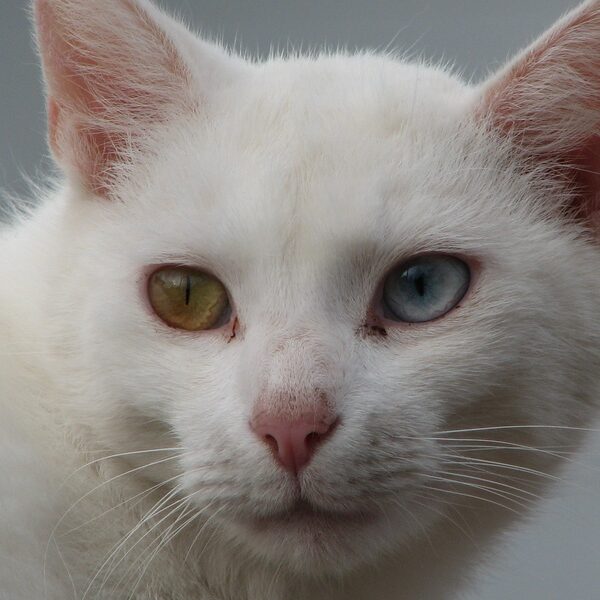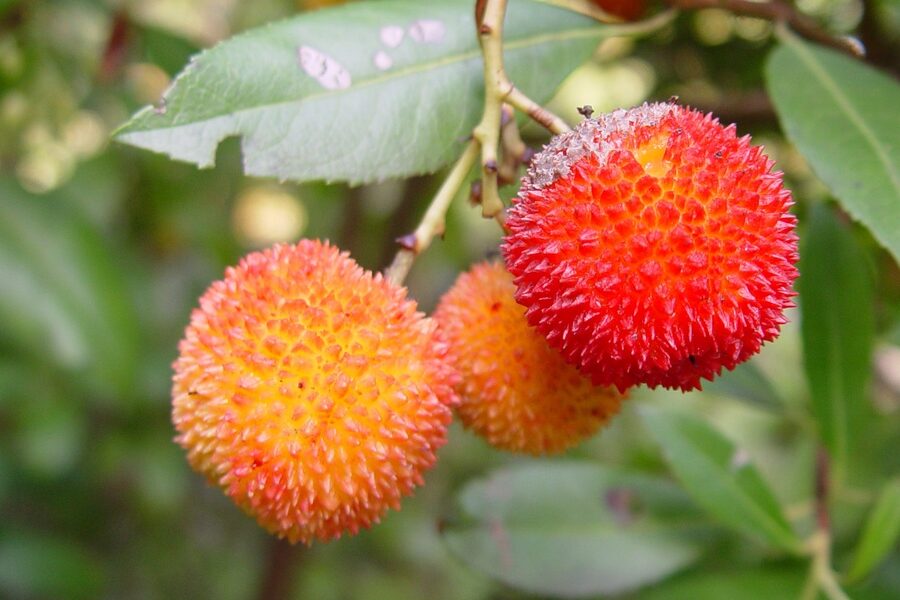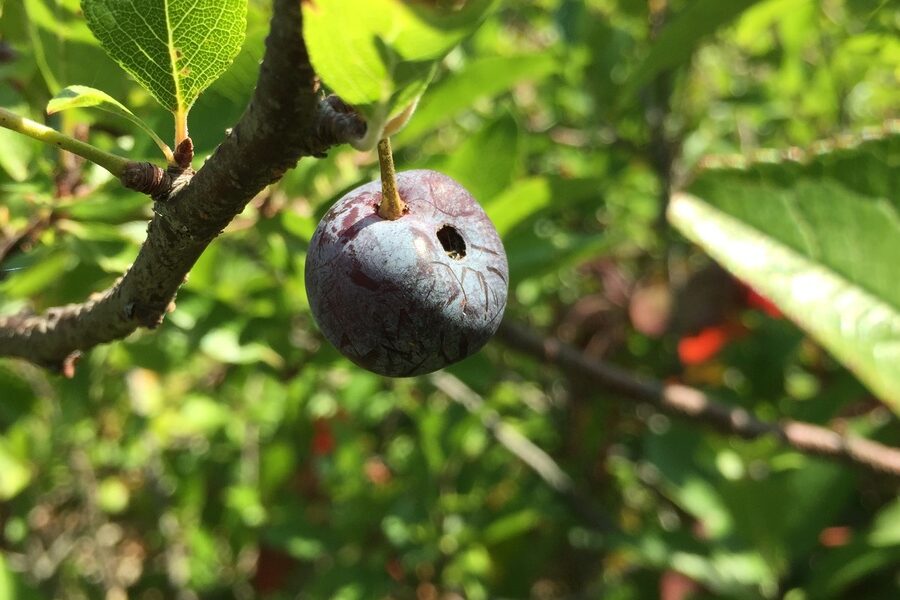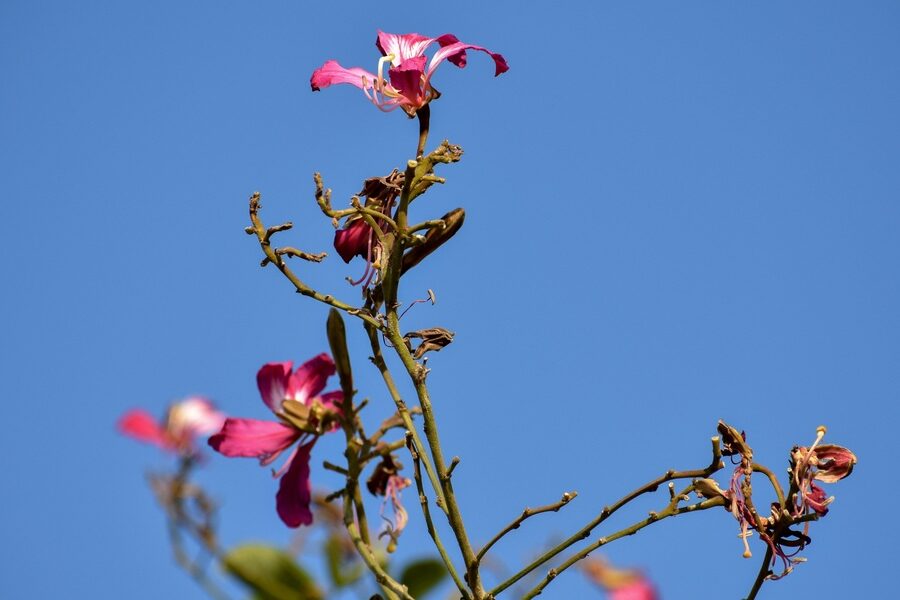Nicaragua’s varied ecosystems — from Pacific dry forests and volcanic slopes to the humid Caribbean lowlands — support a wide mix of plant life. This list brings together species found across those landscapes to help travelers, students, and gardeners get a clearer picture of local flora.
There are 39 Nicaragua’s native plants, ranging from Achiote (Annatto) to Yopo fig. For each, you’ll find below Scientific name,Family,Range (regions).
How can I use the list to find plants from a specific part of Nicaragua?
Check the Range (regions) column for each entry to see where a species occurs; pairing that with the Scientific name helps when consulting regional field guides or herbarium records. If you need plants for planting or study, cross-reference with local conservation lists to avoid protected species.
Which of these species are practical for home gardens or restoration projects?
Many native species are suitable, but suitability depends on soil, rainfall, and elevation shown in the Range (regions) data. Start with species noted from your region, ask local nurseries about propagation, and prioritize plants that support pollinators and erosion control for restoration.
Nicaragua’s Native Plants
| Name | Scientific name | Family | Range (regions) |
|---|---|---|---|
| Kapok | Ceiba pentandra | Malvaceae | Pacific lowlands, Caribbean coast, lowland forests |
| Ramon (Breadnut) | Brosimum alicastrum | Moraceae | Pacific lowlands, central highlands, dry and moist forests |
| Mahogany | Swietenia macrophylla | Meliaceae | Pacific and Caribbean lowlands, foothill forests |
| Spanish cedar | Cedrela odorata | Meliaceae | Lowland and foothill forests, Pacific and Caribbean slopes |
| Guanacaste | Enterolobium cyclocarpum | Fabaceae | Pacific lowlands, dry forests, pasture edges |
| Wild fig | Ficus insipida | Moraceae | Riparian zones, lowland forests, Pacific & Caribbean |
| Yopo fig | Ficus yoponensis | Moraceae | Riparian and lowland forests, Pacific & Caribbean lowlands |
| Trumpet tree | Cecropia peltata | Urticaceae | Disturbed forests, secondary growth, lowlands |
| Balsa | Ochroma pyramidale | Malvaceae | Lowland and disturbed forests, Pacific & Caribbean lowlands |
| Pink poui | Tabebuia rosea | Bignoniaceae | Lowland and foothill forests, Pacific & Caribbean slopes |
| Golden trumpet | Handroanthus impetiginosus | Bignoniaceae | Dry forests, Pacific lowlands, riverbanks |
| Ice-cream-bean (Inga) | Inga oerstediana | Fabaceae | Lowland forests, riverine zones, Pacific & Caribbean |
| Jatobá (Courbaril) | Hymenaea courbaril | Fabaceae | Dry and moist lowland forests, Pacific & Caribbean |
| Coral tree | Erythrina poeppigiana | Fabaceae | Lowlands, pastures, disturbed areas, Pacific & Caribbean |
| Mexican pine | Pinus oocarpa | Pinaceae | Central highlands, montane forests |
| Caribbean pine | Pinus caribaea | Pinaceae | Caribbean lowlands, pine savannas |
| Podocarpus (mountain pine) | Podocarpus guatemalensis | Podocarpaceae | Montane cloud forests, central highlands |
| Red mangrove | Rhizophora mangle | Rhizophoraceae | Caribbean and Pacific coasts, mangrove forests |
| Black mangrove | Avicennia germinans | Acanthaceae | Mangrove forests, Caribbean & Pacific coasts |
| White mangrove | Laguncularia racemosa | Combretaceae | Upper mangrove zones, Caribbean & Pacific coasts |
| Buttonwood | Conocarpus erectus | Combretaceae | Coastal scrub and mangrove fringe, both coasts |
| Beach calophyllum | Calophyllum brasiliense | Calophyllaceae | Wet lowland and riparian forests, Pacific & Caribbean |
| Hot lips | Psychotria poeppigiana | Rubiaceae | Lowland rainforests, forest edges, Caribbean & Pacific |
| Heliconia | Heliconia latispatha | Heliconiaceae | Lowland forests, forest edges, Pacific & Caribbean |
| Spanish moss | Tillandsia usneoides | Bromeliaceae | Lowland to foothill forests, epiphytic on trees, both coasts |
| Cohune palm | Attalea cohune | Arecaceae | Humid lowlands, wetlands, Caribbean & Pacific |
| Fan palm | Sabal mauritiiformis | Arecaceae | Lowland savannas, riverbanks, Pacific & Caribbean |
| Spiked pepper | Piper aduncum | Piperaceae | Disturbed lowland forests, secondary growth, both coasts |
| West Indian elm | Guazuma ulmifolia | Malvaceae | Dry forests, Pacific lowlands, disturbed areas |
| Yellow mombin | Spondias mombin | Anacardiaceae | Lowland and gallery forests, Pacific & Caribbean |
| Divi-divi | Caesalpinia coriaria | Fabaceae | Dry Pacific lowlands, coastal scrub, dry forests |
| Gumbo-limbo | Bursera simaruba | Burseraceae | Pacific lowlands, Caribbean coast, secondary forests |
| Lemonwood (Degame) | Calycophyllum candidissimum | Rubiaceae | Dry and moist lowland forests, Pacific lowlands |
| Rain tree | Samanea saman | Fabaceae | Lowlands, pastures, gallery forests, Pacific & Caribbean |
| Achiote (Annatto) | Bixa orellana | Bixaceae | Lowland forests, disturbed areas, Pacific & Caribbean |
| Andiroba | Carapa guianensis | Meliaceae | Wet lowland forests, riparian zones, Caribbean & Pacific |
| Laurel/Cedro de hoja | Cordia alliodora | Boraginaceae | Lowland and foothill forests, Pacific & Caribbean |
| Sapodilla | Manilkara zapota | Sapotaceae | Lowland forests, Pacific & Caribbean lowlands |
| Buttercup tree | Cochlospermum vitifolium | Bixaceae | Dry forests, Pacific lowlands, open areas |
Images and Descriptions
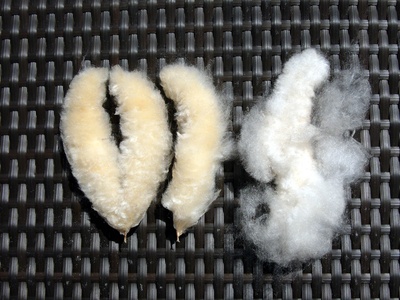
Kapok
Tall emergent with buttressed trunk and cottony kapok fibers; sacred to many indigenous groups. Seeds provide fiber, trunk used culturally, and the tree is an iconic canopy species supporting birds and bats in Nicaragua’s lowland forests.
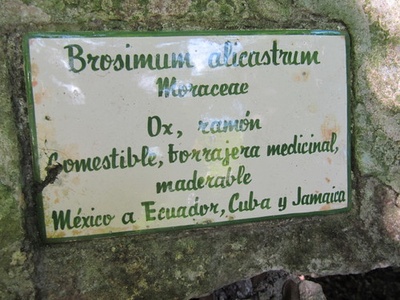
Ramon (Breadnut)
Large, shade-providing tree whose edible seeds (ramón) were a traditional staple. Valued for agroforestry, wildlife food and timber; culturally important and promoted in reforestation and food-security projects across Nicaragua.
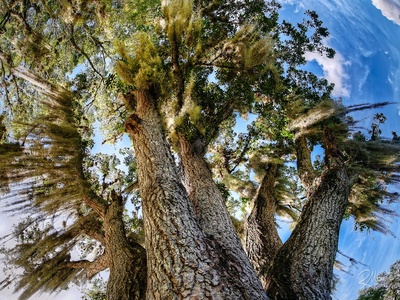
Mahogany
Famed for valuable, durable timber and fine furniture; overharvested across the region and listed under CITES. Native to Nicaragua’s lowland rainforests, often a focus of conservation and sustainable-forest management efforts.

Spanish cedar
Aromatic timber prized for furniture and cigar boxes; historically heavily logged. Native to Nicaragua’s forests, now subject to protection measures and sustainable-use programs due to declining populations.
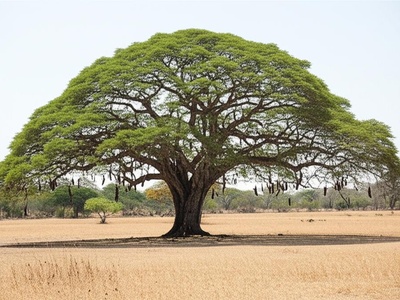
Guanacaste
Large, spreading canopy tree with distinctive ear-shaped pods; commonly used for shade and forage. A striking element of Nicaragua’s dry landscapes, valued culturally and ecologically for shade and livestock shelter.
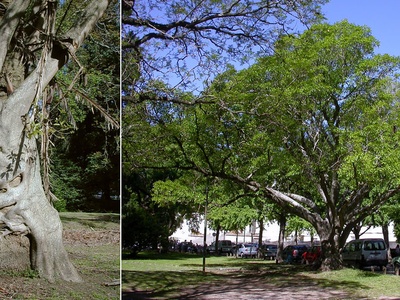
Wild fig
Fast-growing fig that bears year-round fruit, a keystone species feeding birds, bats and mammals. Common along rivers and forest edges and prized for wildlife-supporting ecological roles.
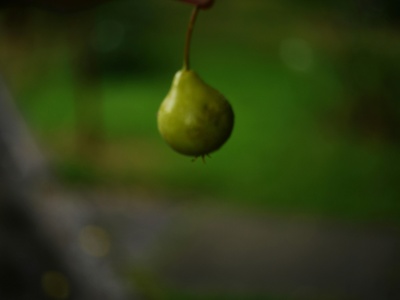
Yopo fig
A widespread fig with large leaves and figs that nourish many frugivores. It stabilizes stream banks, supports diverse wildlife, and is a familiar sight in Nicaragua’s moist lowland forests.
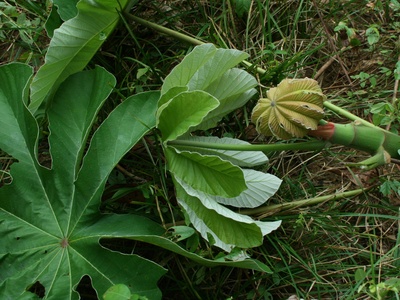
Trumpet tree
Classic pioneer tree that quickly colonizes cleared land, often hosting mutualistic ants. Light, fast-growing and noticeable for its umbrella-like leaves; used traditionally and ecologically important in forest regeneration.

Balsa
Exceptionally lightweight wood used worldwide for models and crafts; grows rapidly in secondary forests. Native to Nicaragua and often seen in regrowing forest patches and roadside forests.
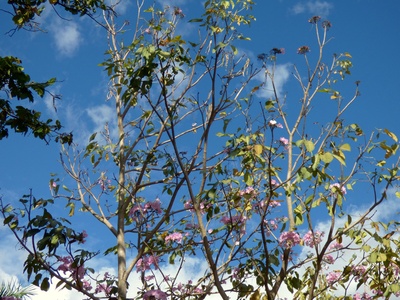
Pink poui
Showy pink flowering tree that brightens the dry season; valued as an ornamental and for light timber. Native across Nicaragua’s lowlands and commonly noticed flowering along roads and in parklands.
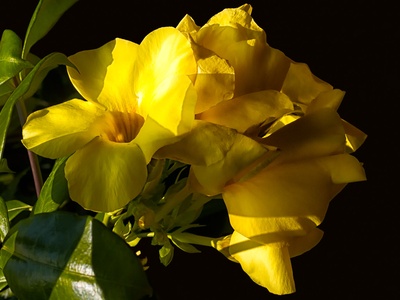
Golden trumpet
Striking golden flowers in the dry season make it a local favorite. The tree provides timber and has cultural value; some populations are reduced by logging and land conversion.
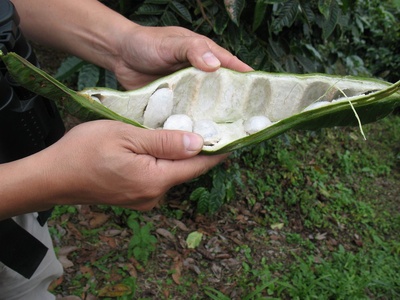
Ice-cream-bean (Inga)
Member of the ice-cream-bean group with sweet edible pulp around the seeds. Common in agroforestry systems as shade for crops and improved soil fertility through nitrogen-fixation.
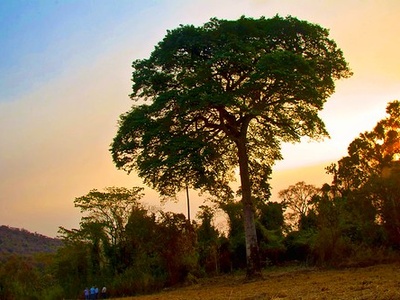
Jatobá (Courbaril)
Hardwood tree yielding durable timber and edible resinous fruit pulp. Long-lived and culturally significant, its wood and resins have traditional uses and it plays a role in mature forest stands.
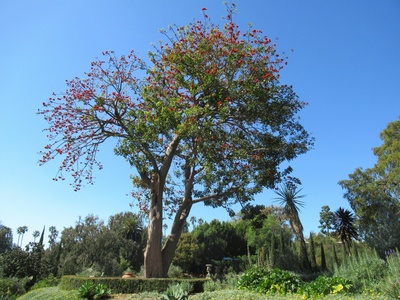
Coral tree
Vivid red flowers attract hummingbirds; used widely as a nitrogen-fixing shade tree for cacao and coffee. Native to Nicaragua and appreciated in agroforestry and farmed landscapes.
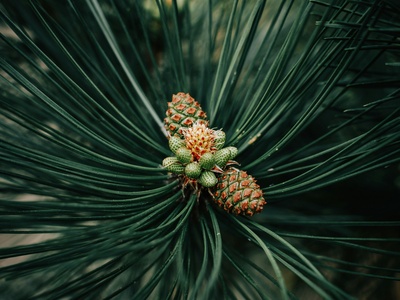
Mexican pine
Dominant highland pine valued for timber and local livelihoods. Adapted to montane conditions and a target for sustainable forestry and restoration in Nicaragua’s central highlands.
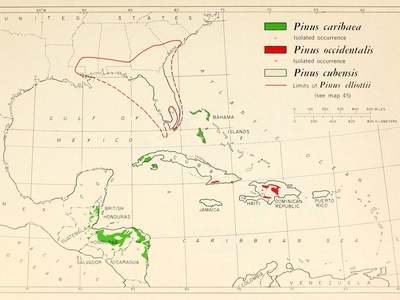
Caribbean pine
Forms extensive pine savannas on the Caribbean slope, adapted to seasonal flooding and fire. Economically important for timber and local ecosystems, with unique savanna biodiversity associations.
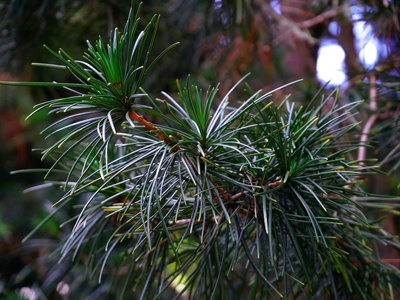
Podocarpus (mountain pine)
An evergreen conifer of cloud forests providing watershed protection and habitat complexity. Locally uncommon and valued for conservation in Nicaragua’s montane reserves.
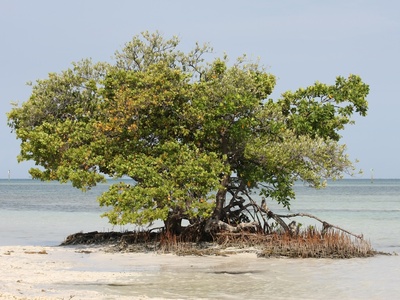
Red mangrove
Iconic mangrove with prop roots that stabilize shorelines, create nursery habitat for fish, and protect against erosion. Essential for coastal livelihoods and biodiversity along Nicaragua’s coasts.
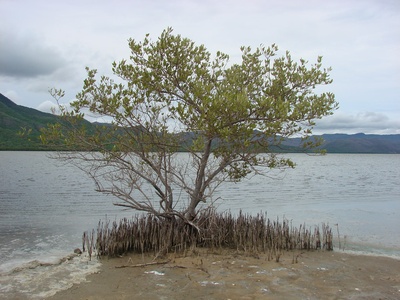
Black mangrove
Salt-tolerant tree with pneumatophores and salt-excreting leaves. A critical species for shoreline resilience, supporting fisheries and carbon storage in Nicaragua’s coastal wetlands.
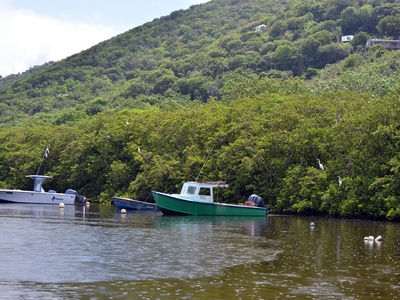
White mangrove
Typically occupies higher, less-flooded mangrove areas. Provides coastal stabilization and habitat diversity; common in Nicaragua’s estuaries and protected mangrove complexes.

Buttonwood
Often forms the fringe between mangroves and uplands; used locally for fuelwood and charcoal. Tolerant of saline soils and important in coastal transition zones.
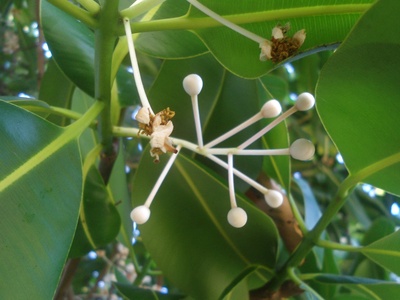
Beach calophyllum
Evergreen tree with glossy leaves and useful timber; seeds yield medicinal oil (tamanu). Important in riparian buffers and traditional medicine across Nicaragua.
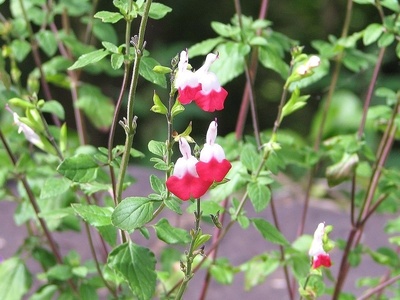
Hot lips
Striking red bracts resembling lips conceal small flowers attractive to hummingbirds. A familiar understory shrub used in folk medicine, adding vivid color to rainforest understories.
Heliconia
Showy tropical plant with colorful bracts that feed hummingbirds and bats. Common in forest understories and edges, an eye-catching native often seen near trails and clearings.
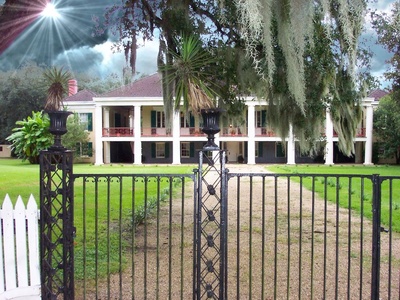
Spanish moss
Hanging epiphyte draping tree branches, providing microhabitat for insects and birds. Though often used decoratively, it naturally carpets older trees across Nicaragua’s humid forests.
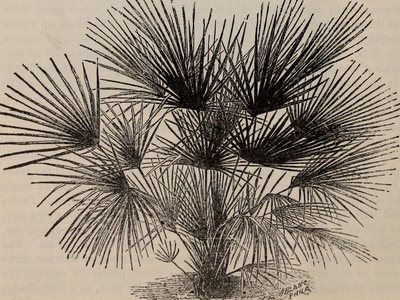
Cohune palm
Massive palm producing oil-rich nuts used locally; dominant in some swampy lowland forests. Important for traditional uses, wildlife food and as a landscape-defining species.
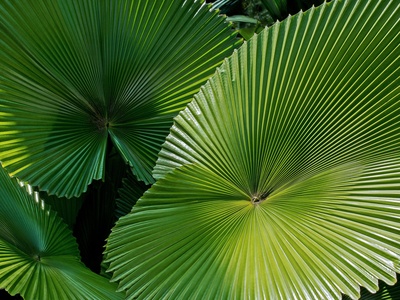
Fan palm
Sturdy fan palm whose leaves are traditionally used for thatching and weaving. Fruits support birds and its presence characterizes many savanna and riverine landscapes in Nicaragua.
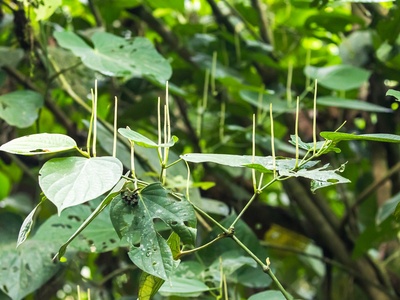
Spiked pepper
A fast-spreading understory shrub with aromatic leaves used in traditional remedies. A pioneer species that often fills gaps after disturbance and is common across Nicaragua’s lowlands.
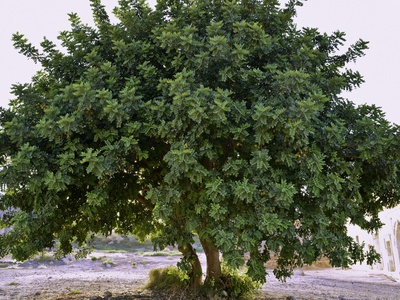
West Indian elm
Drought-tolerant tree valued for quick shade, light timber and folk medicine. Common in Nicaragua’s drier Pacific landscapes and frequently used in local agroforestry systems.
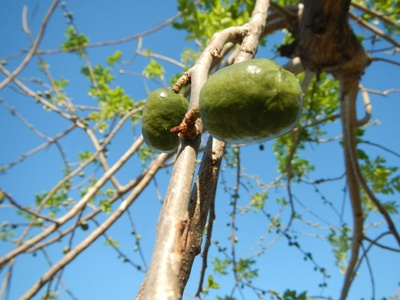
Yellow mombin
Produces tart, edible fruit used fresh or in preserves; attracts wildlife and is used locally for food and traditional remedies. A familiar fruit tree in Nicaragua’s wild and semi-wild areas.
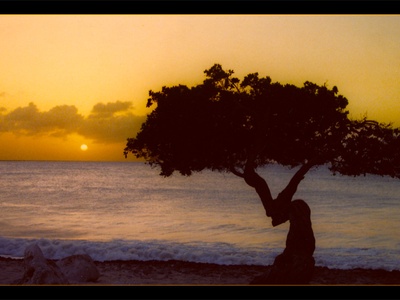
Divi-divi
Wind-sculpted, low-branching tree known for tannin-rich pods used in tanning; iconic of Central American dry forests and an important species in Nicaragua’s arid zones.
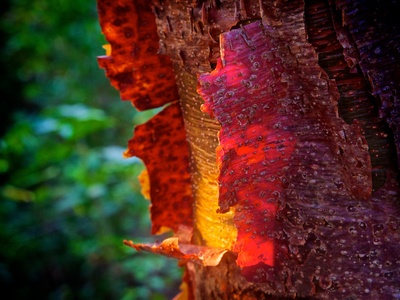
Gumbo-limbo
Peeling red bark gives a striking appearance; used traditionally for medicine and light timber. A resilient pioneer species common in disturbed and coastal areas of Nicaragua.
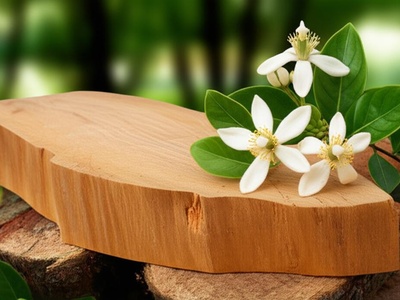
Lemonwood (Degame)
Fragrant white flowers and durable timber make it valued locally. Often found in seasonally dry forests, used in construction and recognized by its pleasant scent and sturdy wood.
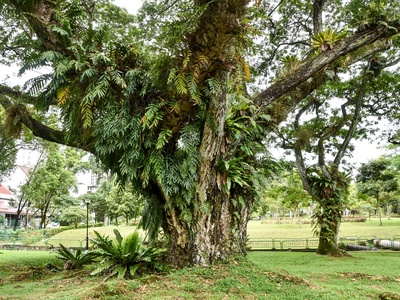
Rain tree
Broad, umbrella-like canopy providing excellent shade; fixes nitrogen and supports livestock systems. Often planted but also occurs wild in pasture and gallery forest habitats in Nicaragua.
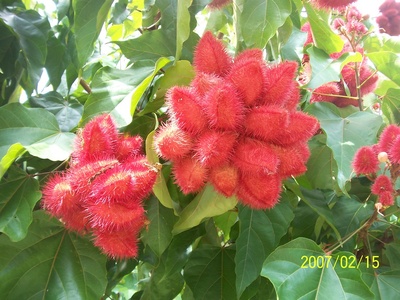
Achiote (Annatto)
Shrub or small tree whose seeds yield red-orange annatto dye and seasoning used in cooking and cosmetics. Widely known culturally and found growing wild and semi-wild in Nicaragua.
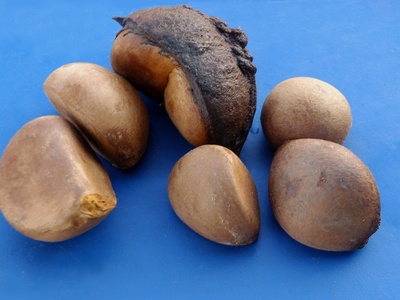
Andiroba
Large tree producing oil-rich seeds used for traditional medicine and insect repellent; wood is valued for construction. Important for ethnobotany and forest ecology in humid lowlands.
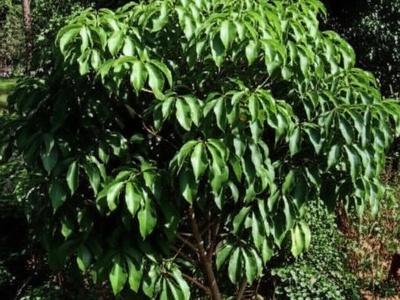
Laurel/Cedro de hoja
Fast-growing timber tree used in furniture and construction; leaves and wood have traditional uses. Common in secondary forests and agroforestry landscapes across Nicaragua.
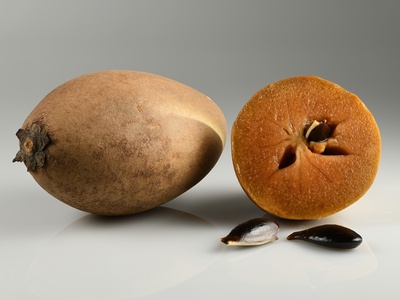
Sapodilla
Evergreen tree producing sweet, brown-fleshed fruit (sapodilla) and historically yielding chicle. Found wild and cultivated; valued for fruit, shade and traditional products in Nicaragua.
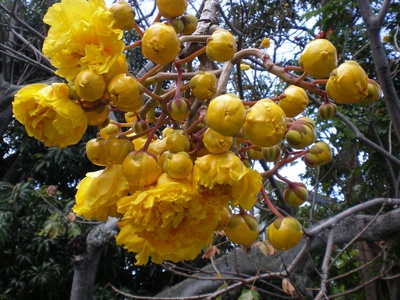
Buttercup tree
Small tree with brilliant yellow flowers during the dry season and cottony seed floss. Used in traditional crafts and as a seasonal highlight in Nicaragua’s dry forest landscapes.
